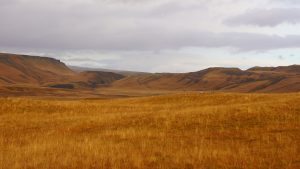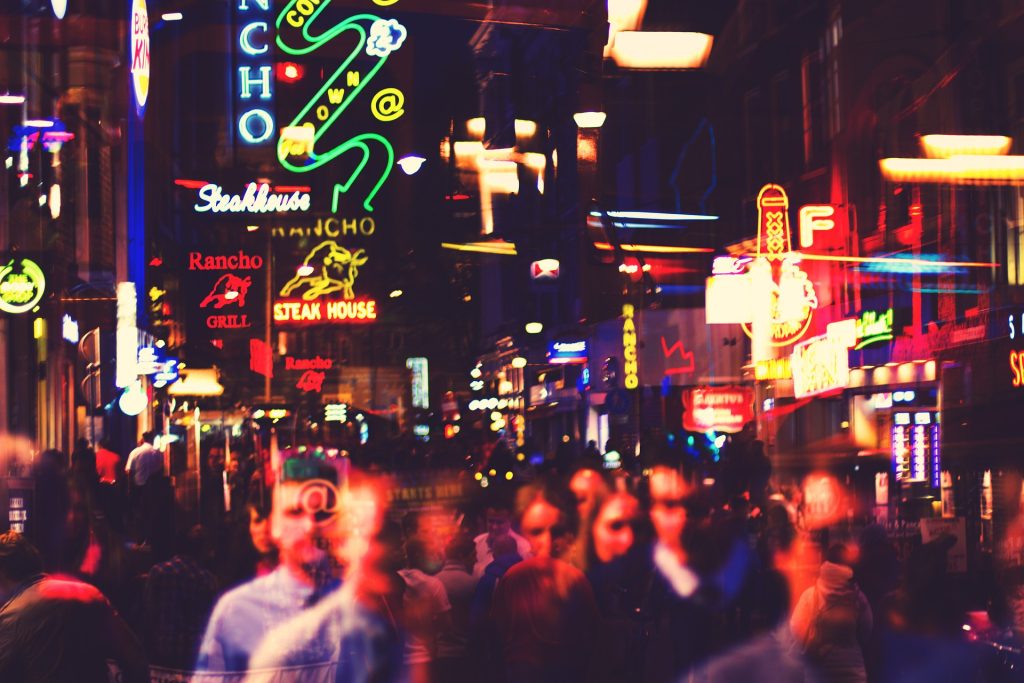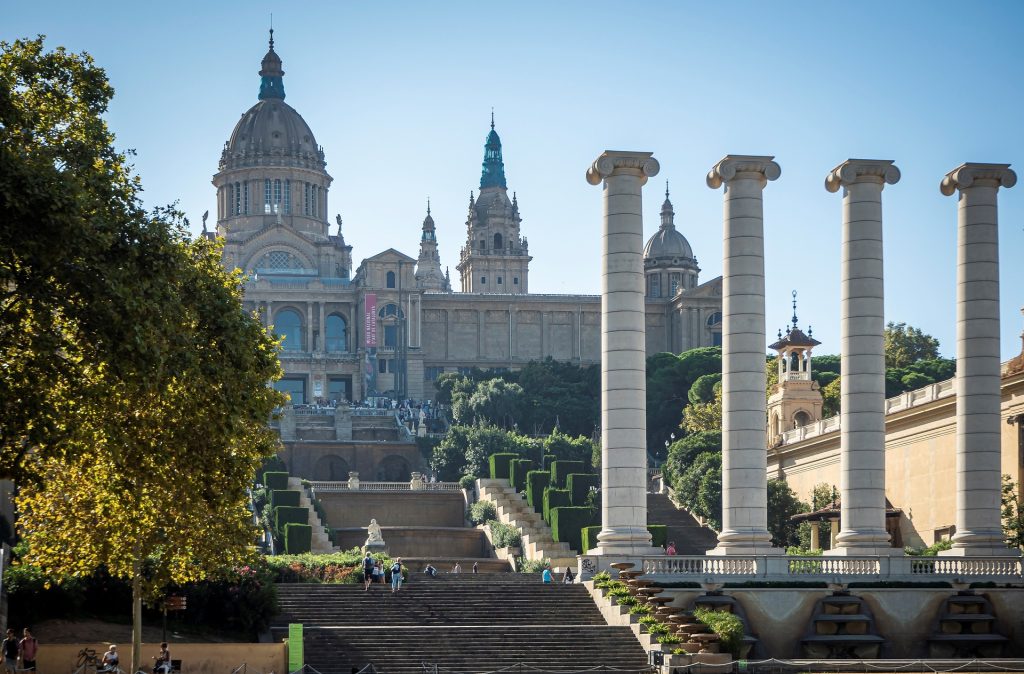1. Introduction
Fjaðrárgljúfur Canyon, located in southern Iceland, is one of the country’s most breathtaking natural landmarks. The canyon, carved by glaciers over millennia, is known for its stunning, moss-covered cliffs, turquoise river, and dramatic landscapes. This serene spot has surged in popularity, especially after being featured in music videos and social media posts. However, the surge in tourism has raised concerns among locals, as the canyon’s delicate ecosystem faces pressures from foot traffic and environmental degradation. In this article, we’ll explore the impact of tourism on Fjaðrárgljúfur and offer tips on how to visit responsibly.
2. A Brief Overview of Fjaðrárgljúfur Canyon
Fjaðrárgljúfur Canyon stretches over 2 kilometers (1.2 miles) and reaches up to 100 meters (328 feet) deep, with the Fjaðrá River winding through it. The canyon’s distinct formations, created by erosion from melting glaciers, make it a geological marvel. Located near the town of Kirkjubæjarklaustur, it’s become a popular stop on Iceland’s famous Ring Road. However, the canyon’s remote and delicate environment is vulnerable to high tourist activity, especially given Iceland’s short tourist season.
3. The Local Perspective
While tourism benefits the Icelandic economy, the community around Fjaðrárgljúfur Canyon faces challenges due to the sudden influx of visitors:
- Environmental Fragility: The canyon’s ecosystem is fragile, with moss and plant life that can take years to recover if damaged. The increased foot traffic has led to erosion of paths and disturbance of local flora.
- Lack of Infrastructure: The area around Fjaðrárgljúfur lacks the infrastructure to support large numbers of tourists. Limited parking, minimal facilities, and narrow paths mean that crowds quickly overwhelm the site, causing bottlenecks and pushing visitors off marked paths.
- Concerns About Long-Term Sustainability: Locals and conservationists worry that without responsible tourism, the canyon’s natural beauty will be compromised. Increased popularity has led to the need for periodic closures to allow the landscape to recover from heavy foot traffic.
4. The Impact of Overtourism
The growing number of visitors at Fjaðrárgljúfur has significant consequences for the environment and community:
- Damage to Vegetation: Moss and other vegetation in Iceland are particularly vulnerable to trampling and can take years, if not decades, to regrow. Visitors stepping off marked trails damage the landscape and increase soil erosion along the cliffs.
- Erosion of Trails and Safety Concerns: As more people hike to viewpoints, the trails erode and widen, creating unstable areas along the cliff edges. This not only damages the landscape but also poses risks for tourists in an environment where safety barriers are minimal.
- Strain on Local Resources: With few facilities nearby, the area faces challenges in managing waste and supporting a constant flow of visitors, impacting both the environment and the local community.
5. Respectful Travel Tips
To help protect Fjaðrárgljúfur Canyon, here are some suggestions for responsible visiting:
- Stay on Marked Paths: Avoid stepping off the designated trails, as this helps preserve the fragile moss and plant life. Following marked routes ensures that you enjoy the views safely while minimizing your impact on the environment.
- Visit During Off-Peak Times: If possible, visit in the shoulder season or early in the morning to avoid large crowds. Off-peak visits reduce congestion and allow you to experience the canyon’s beauty in peace.
- Take Only Photos, Leave No Trace: Respect the natural environment by taking your litter with you and avoiding the collection of rocks, moss, or other natural souvenirs. Iceland’s landscapes rely on the “Leave No Trace” principle to remain pristine.
- Use Established Facilities: Where possible, use bathrooms or waste facilities in nearby towns before heading to the canyon, as there are limited amenities on-site. This helps reduce waste left in the area.
6. Ethical Considerations
Preserving Iceland’s natural landmarks requires careful consideration from both locals and visitors. Fjaðrárgljúfur Canyon is a geological and ecological treasure that demands mindful tourism practices. By staying on trails, respecting local guidelines, and minimizing waste, visitors contribute to the canyon’s preservation. Sustainable travel isn’t just a benefit for Iceland; it’s essential to keep its unique landscapes intact for future generations.
7. Alternatives to Fjaðrárgljúfur Canyon
For travelers looking for less-crowded but equally stunning landscapes in Iceland, consider these alternatives:
- Stuðlagil Canyon: Located in East Iceland, Stuðlagil offers dramatic basalt column formations and a beautiful turquoise river. It’s slightly more remote and receives fewer visitors, allowing for a quieter experience.
- Gjáin Valley: A lesser-known but enchanting area in southern Iceland, Gjáin features waterfalls, lava formations, and vibrant greenery, creating a hidden oasis with fewer crowds.
- Sigöldugljufur: Known as the “Valley of Tears,” this remote canyon is filled with countless small waterfalls cascading into a river below. It’s an off-the-beaten-path destination with an ethereal atmosphere.
8. Conclusion
Fjaðrárgljúfur Canyon stands as one of Iceland’s most captivating natural wonders, but its delicate ecosystem faces challenges under the pressure of overtourism. By visiting respectfully—sticking to trails, reducing waste, and planning off-peak visits—you can help preserve the canyon’s beauty and natural environment. Responsible tourism is essential to ensuring that Iceland’s landscapes remain protected for both locals and future travelers.


